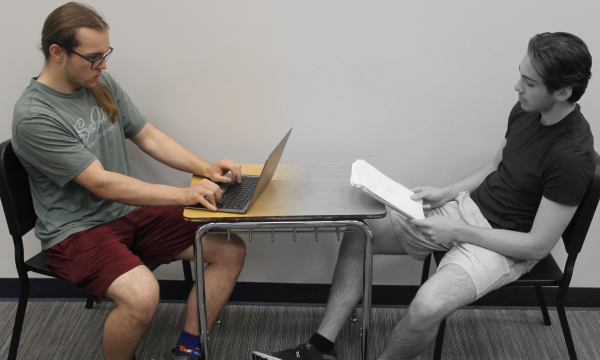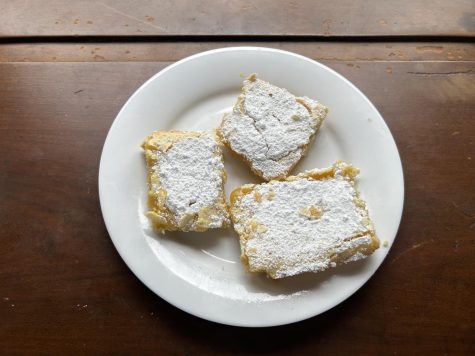Printing Prosthetics
While 3D printing has been around since 1984, courtesy of inventor Charles Hull, the technology has in recent years expanded to printing prosthetic limbs for individuals in need. Ranging from animal limbs, such as in the case of Derby, a dog who received prosthetic front legs to correct a birth deformity, to human limbs, the prosthetic technology is continually improving to better mimic actual limb movement and mobility.
The question of why 3D printing to make prosthetics can be answered in a multitude of ways. The first is it’s a less costly option that previously sold prosthetic limbs. A traditionally made prosthetic limb can cost upwards of $5,000, and take weeks to be made and delivered. As a result, many individuals around the world in need of prosthetic limbs are unable to acquire them. In contrast 3D printing costs a few hundred dollars, occasionally less with the help of volunteer organizations such as e-NABLE, and can be completed quickly; usually in a single day, rather than several weeks.
3D printed prosthetic limbs also are more easily customized to fit the individual. Because of the speed of printing and the way they are designed (in a 3D modeling program in a Computer Aided Design file), limbs can quickly and easily be customized to the individual, both physically and aesthetically. This pro also lends itself to the problem of growth. Children in need of prosthetic limbs will quickly outgrow them, and with the high cost of commercially produced prosthetic limbs this process of continually replacing outgrown prosthetic limbs can pose a problem to most families. With the lower cost of 3D printing this obstacle is not as large, and as the technology continues to grow the prospect of limbs that stretch and adjust to the wearer are a possibility.
The reach of this technology is also expanding, especially with the work of aforementioned volunteer programs like e-NABLE. This international volunteer organization works to create accessible, open-source 3D designs for prosthetic hands, which individuals then use to print and provide free prosthesis to those in need, from their personal 3D printers. This program, and others like it, accept donations to aid in purchasing materials and distributing finished prosthetic limbs.













